Skin Infection (Cellulitis & Abscess)
Get In Touch
Call Now
Monday to Friday
9:00 AM To 6:00 PM
Saturday and Sunday
Closed

Cellulitis
Overview
- Cellulitis is a bacterial infection which affects the skin before spreading to other body parts.
- Itchy, red, and warm rashes are the most typical symptoms of the condition.
- Cellulitis is a common infection of the skin and the soft tissues underneath the skin.
- Bacterial skin infections and soft tissue infections occur when bacteria invade broken or normal skin and start to spread under the skin and into the soft tissues.
- Infection results in inflammation, which is a process in which the body reacts to the bacteria.
- Inflammation may cause swelling, redness, pain, and/or warmth.
Symptoms
- Cellulitis symptoms include:
- Pain and Tenderness in the affected area
- Redness or Inflammation of your skin
- A skin sore or Rash that grows quickly
- Tight, Glossy, Swollen skin
- A feeling of warmth in the affected area
- An Abscess with pus
- Fever
- More serious cellulitis symptoms include:
- Shaking Chills (a feeling of being cold without an apparent cause)
- feeling Ill–Fatigue (Fatigue is a term used to describe an overall feeling of tiredness or lack of energy.)
- Dizziness (Dizziness is the feeling of being lightheaded, woozy, or unbalanced.)
- Lightheadedness (Lightheadedness is feeling as if you might faint.)
- Muscle aches (Muscle aches, myalgia, are extremely common.)
- Warm skin
- Sweating

- Symptoms like the following could mean that cellulitis is spreading:
- Drowsiness (Feeling abnormally sleepy or tired during the day is commonly known as drowsiness.)
- Lethargy (Lethargy causes you to feel sleepy or fatigued and sluggish.)
- Blister (A blister is a raised portion of skin that is filled with fluid.)
- Red streaks
Treatment
- Cellulitis treatment involves taking antibiotics by mouth for 5 to 14 days.
- Rest until your symptoms improve.
- Raise the affected limb higher than your heart to reduce swelling.
- Cellulitis should go away within 7 to 10 days after you start taking antibiotics.
- You might need longer treatment if your infection is severe due to a chronic condition or a weakened immune system.
Contact your doctor if:
- you don’t feel better within three days after starting antibiotics
- your symptoms get worse
- you develop a fever
You may need to be treated with IV antibiotics in a hospital if you have:
- A high temperature
- Low blood pressure
- An infection that doesn’t improve with antibiotics
- A weakened immune system due to other diseases
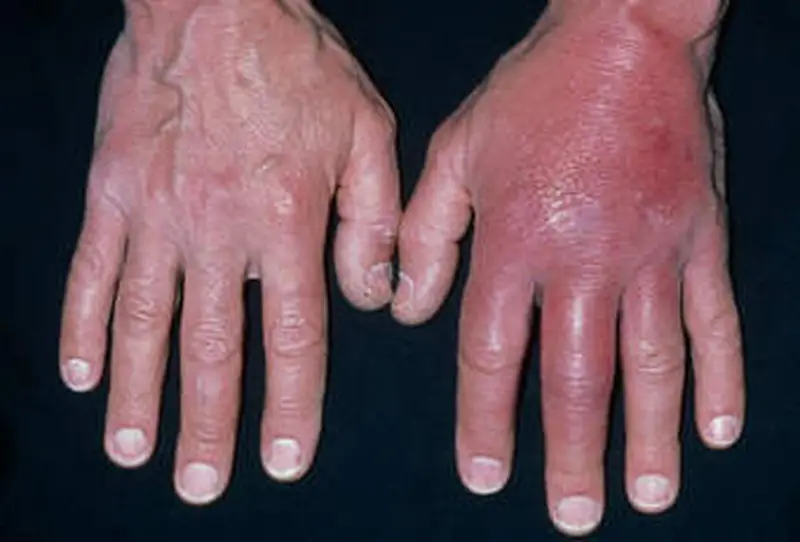
Causes

- Cellulitis occurs when certain types of bacteria enter the skin through a cut or crack.
- Staphylococcus and Streptococcus bacteria can cause this infection.
- The infection can start in skin injuries such as:
- Cuts; bug bites; surgical wounds
Diagnosis
- A physical exam might reveal:
- swelling of the skin; redness and warmth of the affected area; swollen glands
- Depending on the severity of your symptoms, the affected area to be monitored for a few days to see if the redness or swelling spread. In some cases, your doctor may take blood or a sample of the wound to test for bacteria.
Cellulitis usually doesn’t spread from person to person. Yet it’s possible to catch cellulitis if you have an open cut on your skin that touches an infected person’s skin.
You’re more likely to catch cellulitis if you have a skin condition like Eczema, Athletes Foot. Bacteria can enter your skin through cracks that these conditions cause.
A weakened immune system also increases your risk of catching cellulitis because it can’t protect you as well against the infection.
If you do catch cellulitis, it could be dangerous if you don’t get treated. That’s why it’s important to tell your doctor.
Boils, Carbuncle & Abscesses
Boils are an uncomfortable and sometimes painful
condition can affect almost anyone.
- Boils are a certain type of infection that begin in a hair follicle or an oil gland and often grow into a pus-filled bump.
- The first stage of a boil involves the infected area becoming red. Soon after this, a sore or tender lump will begin to develop on the gland.
- As dead skin and dirt collects in the boil, it will begin to form pus. This usually occurs after the boil has been present for a few days.
- Boils are more likely to appear in some areas than others, most often in places where there is a lot of friction, heat, and sweat.
- These factors can make it easier for dirt or other things to enter the skin.
- Areas highly susceptible to boils are the face, the neck, the armpits, and the thighs.
- If you are just struggling with regular boils, you are not necessarily going to need to see a medical doctor. Normal boils usually burst on their own and the infection will pass in due time.

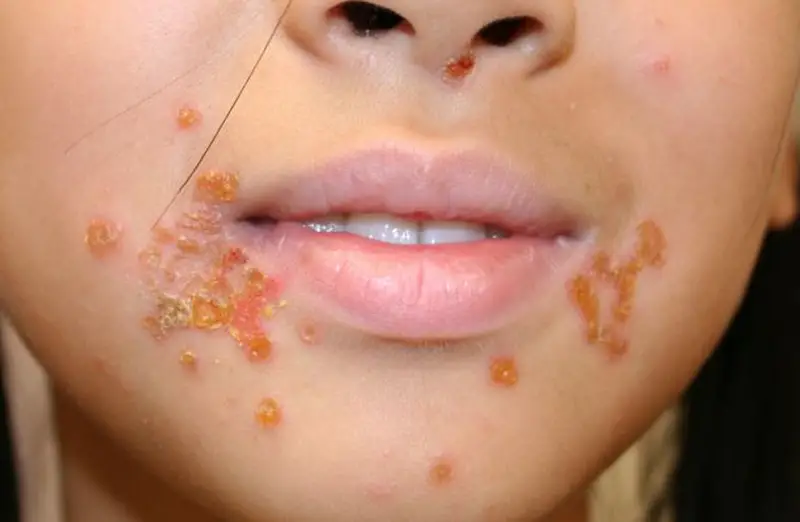
Carbuncle
several boils developing in the same area, you are probably experiencing a different infection known as a carbuncle.
- A carbuncle is often more serious and is more likely to require medical attention.
- A carbuncle is a cluster of boils that form a connected area of infection. Compared with single boils, carbuncles cause a deeper and more severe infection and are more likely to leave a scar.
- People who have a carbuncle often feel unwell in general and may experience a fever and chills.
see your doctor if you have more than one boil at a time or if a boil:
- Occurs on your face or affects your vision
- Worsens rapidly or is extremely painful
- Causes a fever
- Gets bigger despite self-care
- Hasn’t healed in two weeks
- Recurs
Abscess
- An abscess is a swollen pocket of pus underneath the skin. It forms when bacteria — often Staphylococcus — get into your body through a cut or other open wound.
- Your immune system sends in white blood cells to fight off the bacteria. The attack can form a hole under your skin, which fills with pus.
- The pus is made up of dead tissue, bacteria, and white blood cells.
- Unlike cellulitis, an abscess looks like a lump under the skin. You may also have symptoms like a fever and chills.
- Some abscesses shrink on their own without treatment. Others need to be treated with antibiotics or drained.
- A skin abscess, also called a boil, is a bump that appears within or below the skin’s surface. This bump is usually full of pus or translucent fluid. It’s typically due to a bacterial infection.
- A skin abscess may appear on any part of the body. However, abscesses most commonly develop on the back, face, chest, or buttocks.
- Skin abscesses can also appear in areas of hair growth, such as the underarms or groin.
- Most skin abscesses are harmless and may go away without treatment. Over-the-counter (OTC) creams and medications may be all that’s needed to help speed the healing process of a minor abscess.
- Sometimes, skin abscesses are more difficult to treat and may require laceration or drainage.
- There are cases in which an abscess can lead to serious, potentially life-threatening complications if left untreated.
Common causes of a skin abscess
- Staphylococcus is the most common bacterial cause of skin abscesses.
- A skin abscess can be the result of a bacterial infection that occurs when Staphylococcus aureus bacteria enter the body through a hair follicle or through a wound or injury that has punctured or broken the skin.
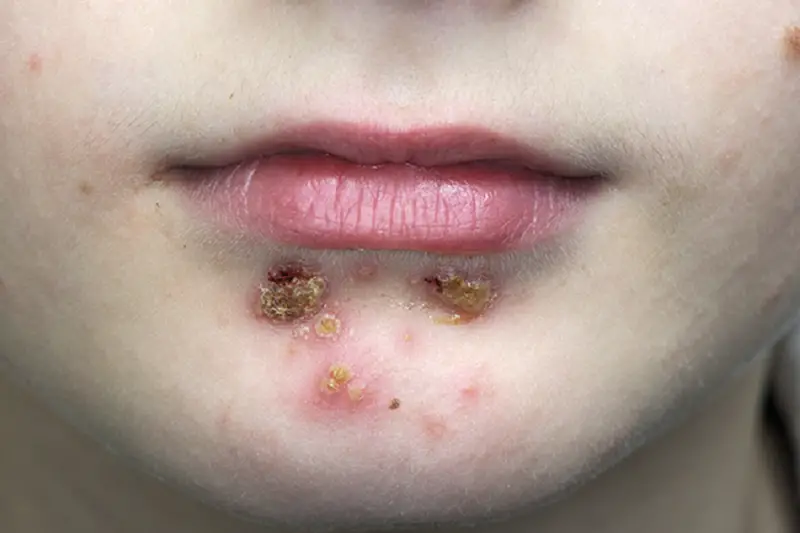
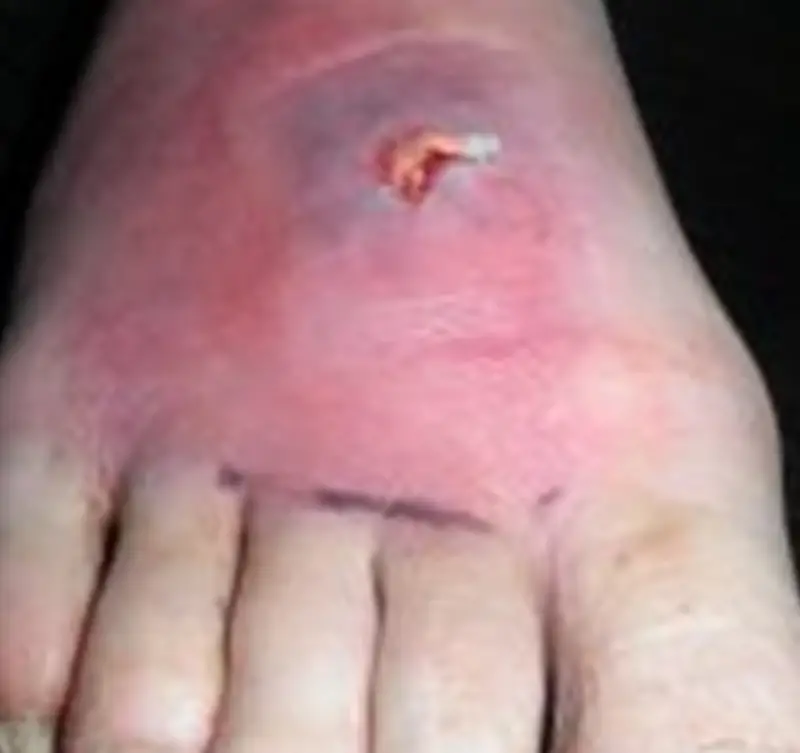
Risk for this bacterial infection if you have:
- Close contact with an individual who has a staph infection, which is why these infections are more common in hospitals.
- A chronic skin disease, like acne or eczema.
- Diabetes
- A weakened immune system, which can be caused by infections such as HIV
- Poor hygiene habits
- Folliculitis, infected hair follicles, may cause abscesses
- Follicles can become infected if the hair within the follic through the skin, as can happen after shaving.
- Trapped hair follicles are commonly known as ingrown
- Ingrown hairs can set the stage for an infection.
- Abscesses that are on or in a hair follicle will often cont
- Folliculitis may also occur after spending time in an inadequately chlorinated pool or hot tub.
Other symptoms may also be present:
- Nausea; Fever; chills; swelling; lesions on the skin; inflamed skin; fluid drainage from the
- abscess.
- The around the abscess may also feel painful and warm to the touch.
MRSA skin infections
- MRSA stands for methicillin-resistant Staphylococcus aureus, a type of bacteria that is resistant to several antibiotics.
- MRSA most often causes skin infections.
- In some cases, it causes pneumonia (lung infection) and other infections.
- If left untreated, MRSA infections can become severe and cause sepsis—the body’s extreme response to an infection.
Diagnosis
- Your doctor will likely be able to diagnose a boil or carbuncle simply by looking at it. A sample of the pus may be sent to the lab for testing. This may be useful if you have recurring infections or an infection that hasn’t responded to standard treatment.
- Many varieties of the bacteria that cause boils have become resistant to certain types of antibiotics. So lab testing can help determine what type of antibiotic would work best in your situation.

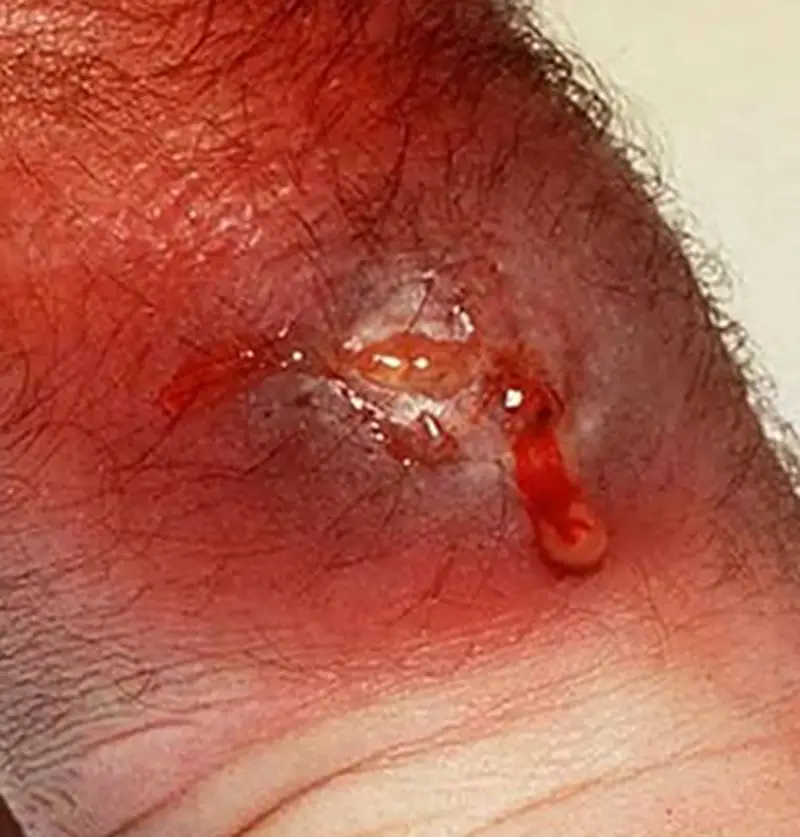
Treatment
- You can generally treat small boils at home by applying warm compresses to relieve pain and promote natural drainage.
- For larger boils and carbuncles, treatment may include:
- Incision and drainage. Your doctor may drain a large boil or carbuncle by making an incision in it. Deep infections that can’t be completely drained may be packed with sterile gauze to help soak up and remove additional pus.
- Antibiotics. Sometimes your doctor may prescribe antibiotics to help heal severe or recurrent infections.
Impetigo
Symptoms
- Impetigo sores can appear anywhere on the body, but children tend to get them on their face. Sometimes they show up on their arms or legs.
- The infected areas range from dime to quarter size.
- Classic signs and symptoms of impetigo involve red sores that quickly rupture, ooze for a few days and then form a yellowish-brown crust. The sores usually occur around the nose and mouth but can be spread to other areas of the body by fingers, clothing and towels. Itching and soreness are generally mild.
- They start as tiny blisters that break and reveal moist, red skin.
- After a few days, it gets covered with a grainy, golden crust that gradually spreads at the edges.
- A less common form of the disorder, called bullous impetigo, may feature larger blisters that occur on the trunk of infants and young children.
- In serious cases, the infection invades a deeper layer of skin and turns into a form of impetigo called ecthyma. When that happens, your child gets pus-filled bumps with a crust that’s much darker and thicker than ordinary impetigo. Ecthyma can be very itchy. If your child scratches the irritated area, it can cause the infection to spread quickly. If you don’t get it treated, the sores may cause permanent scars and changes in skin color.
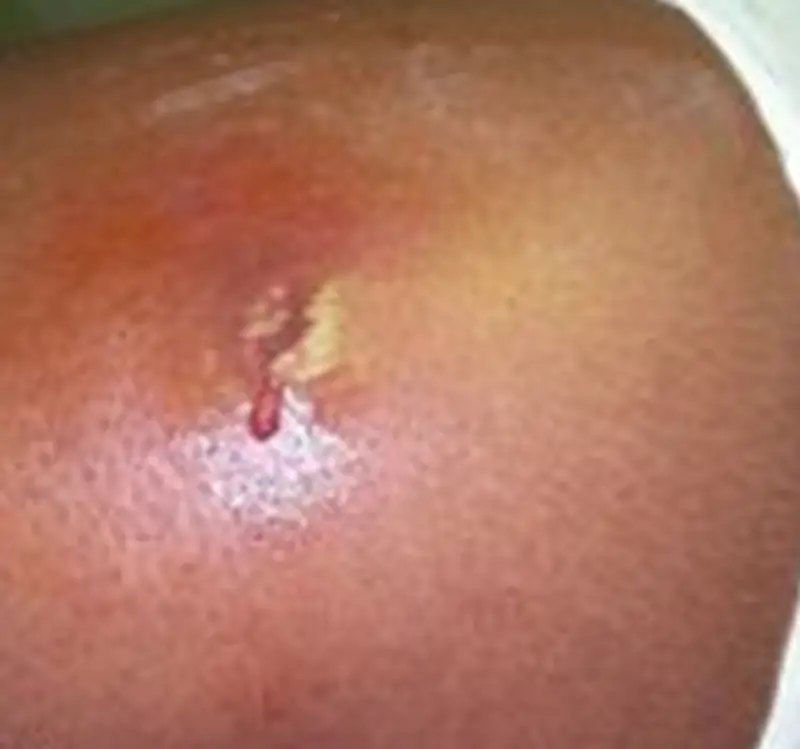
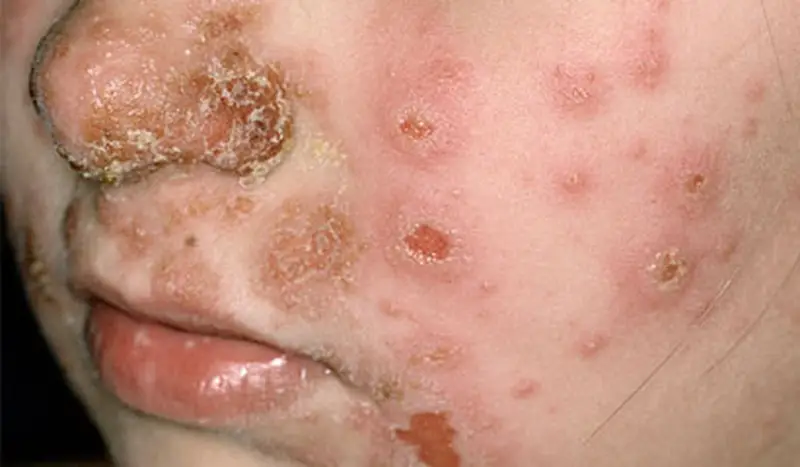
Treatment
- To practice good personal hygiene and maintain a clean environment.
- Once the infection occurs, prompt attention will keep it under control and prevent it from spreading.
- Even if only one family member has impetigo, everyone in the household should follow the same sanitary regimen.
- Wash regularly with soap and water. This should help clear up mild forms of the infection.
- If this does not help, you may need an oral prescription medication.
- Topical mupirocin ointment, available only by prescription, is highly successful in treating mild forms of the infection.
- If you have a more severe infection, you may need to take oral antibiotic.
- For repeated impetigo outbreaks, topical antibacterial ointment is prescribed for inside the nose for everybody in the household to kill nasal bacterial. Bleach baths (1/4 cup bleach to half a tub of water), chlorhexidine, peroxide or hypochlorous acid washes help to reduce bacteria on the skin.
- Anyone in a household who develops impetigo should use a clean towel with each washing. Be sure to launder those towels separately, using hot water and a hot dryer to kill the bacteria. Keep sores covered to prevent spread of the infection to other parts of the body or other people.
What Patients Say
Our Testimonials
Why patients trust Dr. Farah with their health

Came in with a headache and started to feel sick. Had a big trip for New Years, therefore I had to solve my problems quickly. Dr. Farah helped me right away and treated all my problems, he saved my weekend. Will come here again soon.
Melanie Warner

I was in a lot of pain and I walked in and the receptionist was so lovely. I was into see the doctor within five minutes and he listened to me and was wonderful. I’ve been to a few urgent cares and this one by far is the best !
Tiffany Lee-Frank

I absolutely love Dr Farah and his whole staff on the medical and the spa side. I’m not just saying this, Dr Farah has been my doctor over 10 years and I’ve been using his Rejuvenate spa for about 4 years now. I would give them 10 stars if I could!!!
Lori Brooks

Ashley and Anna are friendly and made me feel welcome and at ease. Dr. Farah was very understanding and answered all my stupid questions. They were all very professional and patient with me.
juli ross
Providing Urgent Care for non-life-threatening health complications
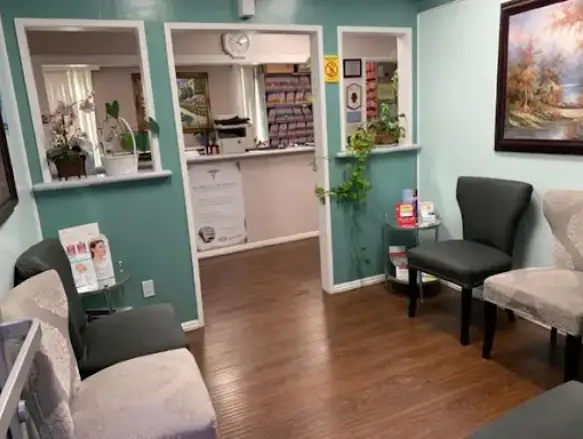
Urgent care services
Monday to Friday
9:00 AM To 6:00 PM
Saturday and Sunday
Closed
17130 Ventura Boulevard,
Encino California 91316






